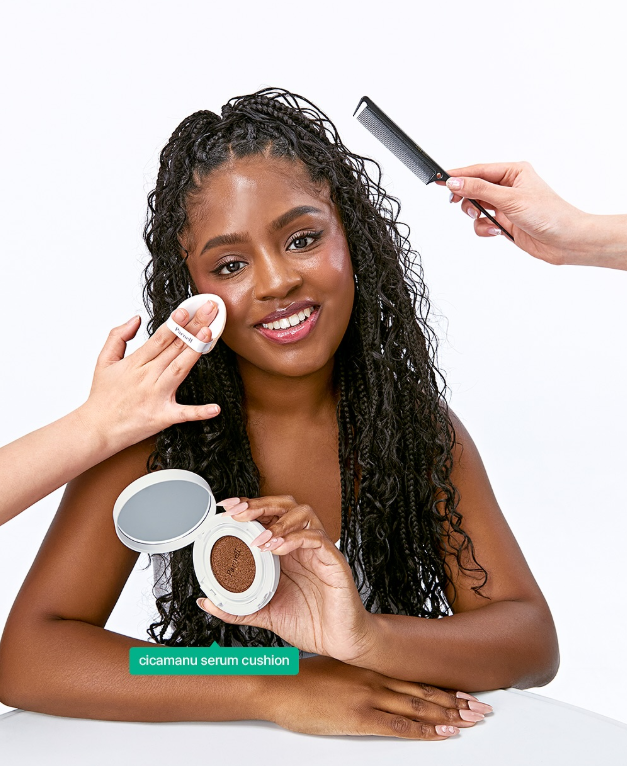
Topical Hyaluronic acids: Do they really work?
Author: MMM Team
12 May 2020
Hyaluronic Acid is often included as a hydrating ingredient in skincare and foundation, but what exactly is it and how does it help?
Some of us who have heard of Hyaluronic Acid most likely relate it to as the ingredient of dermal fillers. In fact, nearly 90% of dermal fillers used are made of Hyaluronic acid (HA), the only difference between the different brands are the size of the HA molecules, the concentration per ml and how the molecules are held together. These factors give the fillers each their own characteristic properties which are then used to determine which part of the face is injected.
HA molecules give volume by attracting and binding water molecules to itself. In fact, 1 gram of HA molecules can hold up to 6L of water! For this reason, Hyaluronic acid is said to be the ultimate solution for moisture retention of the skin. In younger skin, there is a large reserve of natural HA which gives it its’ plump, dewy characteristic. As the skin ages, the amount of HA decreases dramatically and skin becomes dry and less plump. This contributes to the appearance of fine lines, wrinkles and loss of radiance in older skin.
Hyaluronic acid, when used in skincare, is thought to be able to replenish the moisture content of dry skin. Therefore it would improve the appearance of wrinkles and increase the firmness and elasticity of the skin.
The main issue with most skincare products containing hyaluronic acid is that the molecules of HA are usually too large to penetrate the skin barrier to give any therapeutic effect. The average size of HA molecules is 3000nm in diameter, whereas the intercellular space (gaps between the skin cells) is only 15 – 50nm.
In order to be able to penetrate the skin barrier, the HA molecules need to be micronised or nanosized to be smaller than 50nm. For this reason, only a few skincare products on the market containing Hyaluronic acid really work.
Some moisturisers that contain nanotechnology and hyaluronic acid are:
When it comes to foundations with Hyaluronic acid, the best ones to try are:
If you're curious to try one of these foundations, you can use our foundation shade finder here!
Subscribe
For all the latest news, tips, trends and exclusives, be sure to sign up to receive the latest straight to your inbox.
By clicking subscribe you agree to our terms and privacy policy.
Subscribe
For all the latest news, tips, trends and exclusives, be sure to sign up to receive the latest straight to your inbox.
By clicking subscribe you agree to our terms and privacy policy.










